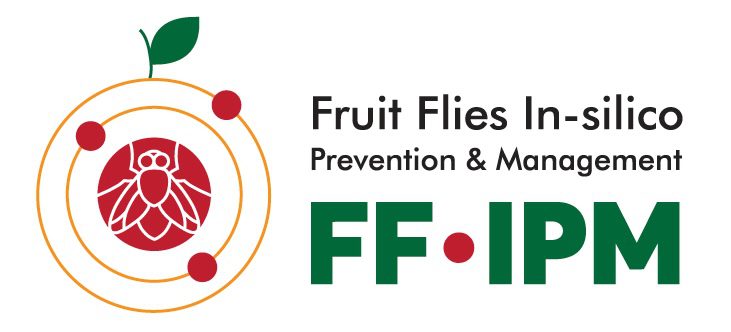Neighbouring Projects
The REACT project is not the only research and innovation project dealing with the ecological control of insect pests. A number of projects, some of which are also funded or supported by the European Union, are working on various solutions that serve to protect agriculture in Europe and worldwide, and thus also consumers, from the consequences of invasive pests.
In addition, there are projects with which REACT is involved at other levels, for example in the development of educational concepts or citizen science approaches. The projects with which REACT as a project or members of the REACT consortium maintain collegial links and with which there is a regular exchange include the following projects.

PurPest
The EU project PurPest, running from January 2023 to December 2026 with a budget of €6.472 million, aims to develop a new sensor platform to rapidly detect and stop five different pests during import and in the field to reduce pesticide use by at least 50%. The sensor concept is based on detection of pest-specific volatile organic compounds (VOCs) emitted by host plants invaded by one or several pests. PurPest will determine the VOC signature of plants attacked by Phytophthora ramorum, Spodoptera frugiperda, Helicoverpa armigera, Halyomorpha halys and Bursaphelenchus xylophilus under different abiotic stress conditions. Coordinated by the Norwegian Institute of Bioeconomy Research (NIBIO), this project is an international collaboration among 18 institutions from 11 European countries.

IPM Popillia
The aim of IPM-Popillia is to address the challenge of a new risk to plant health in Europe, the invasion of the Japanese beetle, Popillia japonica. This pest was introduced accidentally to mainland Europe in 2014 (EPPO 2014) and can easily spread in the course of trade and the movement of goods and people. P. japonica threatens the entire agricultural sector, urban landscapes, and biodiversity in invaded areas. Prevention of the species’ invasion faces two constraints: The possibilities to restrict the movement of goods and people are limited, and successful eradication of the population established south of the Italian-Suisse border is impossible. The project IPM-Popillia develops these measures. It involves teams working in the core of the recent outbreak area, conducting fit-for-purpose practical research in a European environment that can be applied immediately, as short-term containment measures. In the longer-term, IPM-Popillia provides tools and advice on how to manage the pest on a larger, European continental scale, and on how to be better prepared for similar pest invasions in the future.

FF IPM
Fruit Flies have been subjects of very extensive international research and development for decades, due to significant socioeconomic concerns to the devastating threats they pose to the global and European fruit production and trade. The project aims to introduce “in silico” supported prevention, detection and Integrated Pest Management (IPM) approaches for both new and emerging Fruit Flies, based on spatial modelling across a wide range of spatial levels, novel decision support systems, and new knowledge regarding biological traits of the target species, fruit trading and socioeconomics.

HESPRI
HESPRI addresses innovative strategies to strengthen public policies and improve the competitiveness of the HE sector, taking into considerations the two forces which shaped the current world of higher education (HE) – the humanistic traditions of university governance and the neo-liberal reforms of the past thirty years, and suggesting alternative actions to overcome some major crises, such as the tension between traditional and neo-liberal academic values; the biased evaluation and assessment of quality in higher education; the ineffectiveness determined by the distorted measurements of scientific achievements; the recent digital transformations of the universities facing the pandemic. Relying on a world-class and culturally diverse consortium, HESPRI aims to provide evidence-based recommendations for governments, policymakers and universities, to adjust various components of HE policies, in response to current challenges.